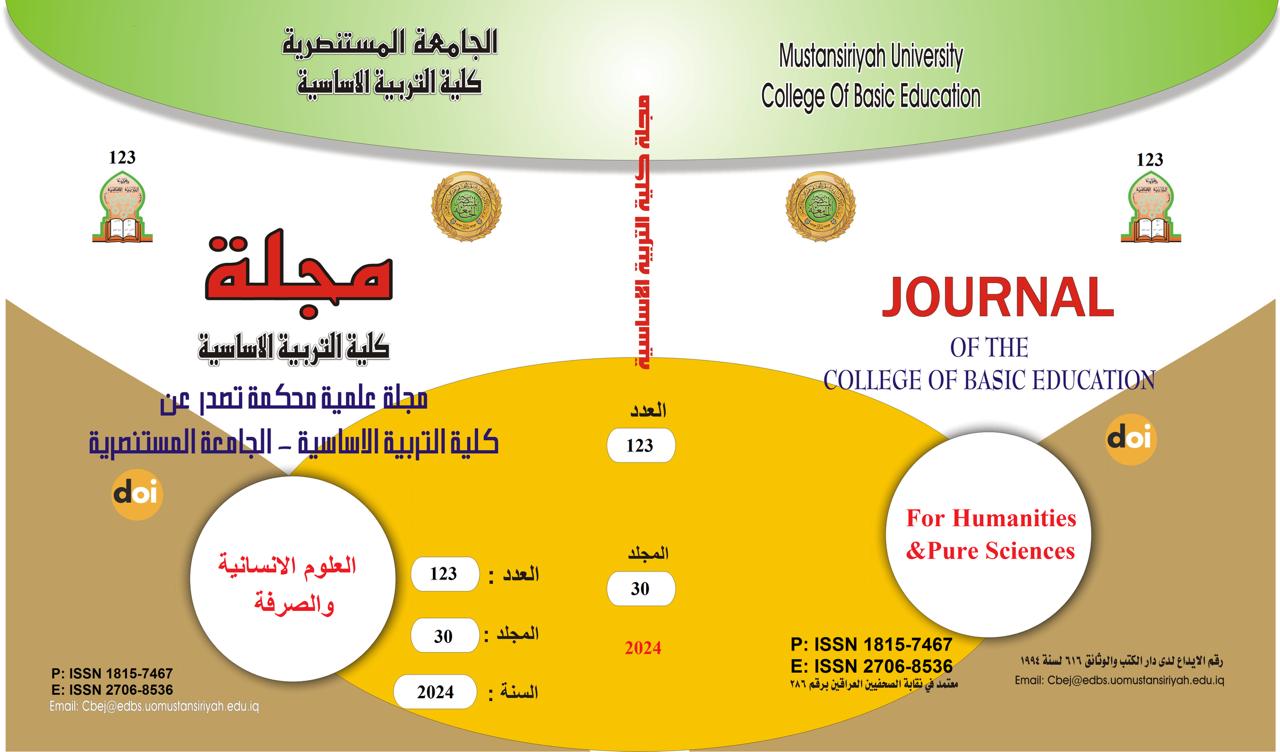The effect of the flipped learning strategy by the reciprocal method in developing some soccer skills for second-grade intermediate students
Main Article Content
Abstract
The game of football is considered one of the popular games and the number one game in the world because it targets most members of society due to the suspense and excitement it possesses, which prompted scientists and researchers to think in order to raise the level of the game. It is necessary to work on introducing methods that keep pace with technological development, and given the limited time for studying. Not taking into account individual differences between students and not employing information technology in the educational process in the physical education lesson, this is why flipped learning was chosen using the reciprocal method. The study aimed to prepare educational units using the flipped learning strategy from exercises prepared by the researcher by preparing educational video clips and identifying their effect using flipped learning in the reciprocal method in developing some skills for the research sample. Research hypotheses: There are statistically significant differences between the results of the pre- and post-tests and in favor of the post-tests that used flipped learning in a reciprocal manner in developing some football skills for the research sample.
The research sample was divided into two groups of 30 students from the research community, and the researcher used the SPSS system to extract the results of the pre- and post-tests. The researcher concluded that flipped learning has an effective effect in developing some basic football skills for the research sample. The researcher recommended conducting similar research with more capabilities and on different samples and for different ages.
Article Details

This work is licensed under a Creative Commons Attribution-ShareAlike 4.0 International License.
